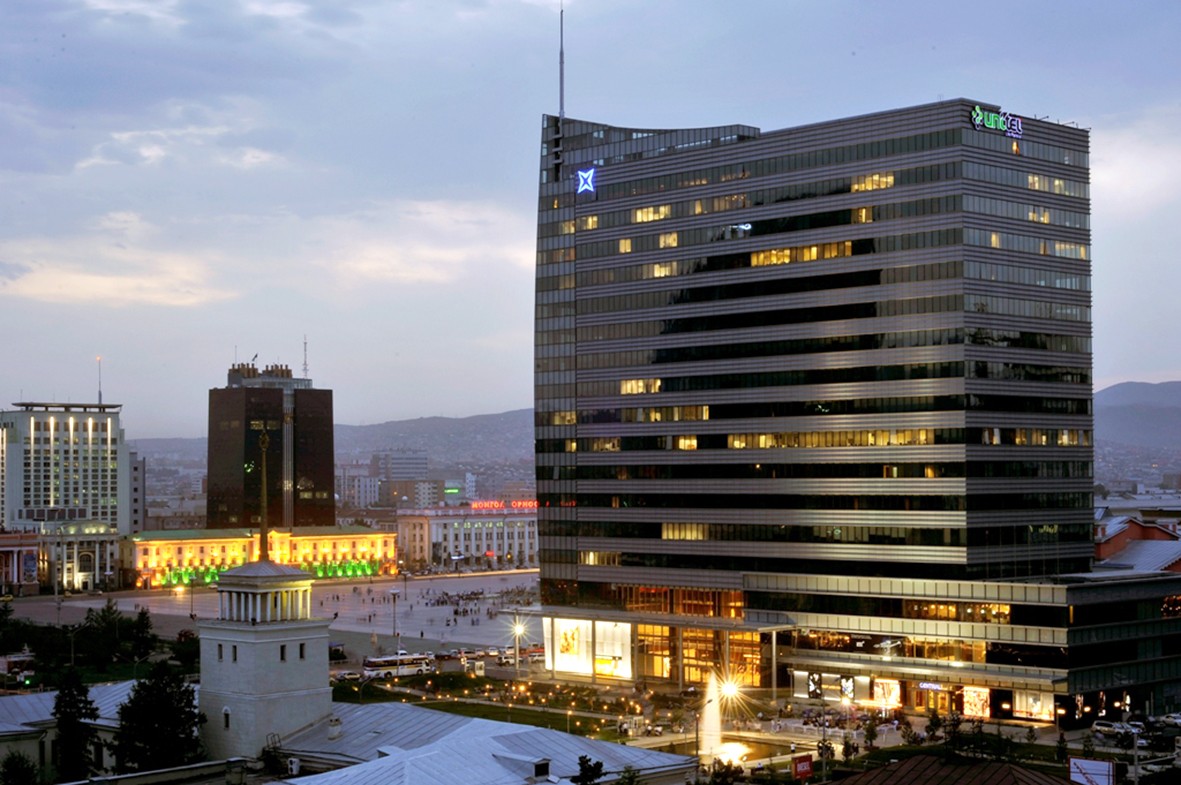
Mongolia’s main businesses
Mongolia, a landlocked country in Central Asia, has a growing economy that is largely driven by natural resources, agriculture, and emerging sectors like tourism and renewable energy. Here are Mongolia’s main businesses and industries:
1. Mining and Natural Resources
Mining is the backbone of Mongolia’s economy, contributing significantly to its GDP and exports. The country is rich in mineral resources, including coal, copper, gold, uranium, and rare earth elements. Major mining projects include the Oyu Tolgoi copper and gold mine, one of the world’s largest mining operations, and the Tavan Tolgoi coal mine. Mining exports, particularly to China, dominate the trade landscape, making the sector critical for economic growth.
2. Agriculture and Livestock
Agriculture is a traditional and vital sector, employing a significant portion of the population. Mongolia is known for its nomadic pastoralism, which involves raising sheep, goats, camels, horses, and cattle. Goat herding, in particular, is crucial for the production of cashmere, a luxury material that makes Mongolia one of the world’s largest cashmere exporters. Wheat and barley farming also play a role in the agricultural landscape.
3. Tourism
Tourism is an emerging sector with significant potential. Mongolia’s unique cultural heritage, including its ties to Genghis Khan, and vast natural landscapes such as the Gobi Desert and Altai Mountains attract visitors. Eco-tourism and adventure tourism are particularly popular. Events like the annual Naadam Festival, showcasing traditional Mongolian sports such as wrestling, horse racing, and archery, also draw tourists.
4. Renewable Energy
Mongolia is increasingly investing in renewable energy, particularly wind and solar power, to reduce reliance on coal and address environmental challenges. The country’s vast open landscapes make it ideal for renewable energy projects. The government has partnered with international organizations to develop infrastructure and attract investment in this sector.
5. Manufacturing and Small Industries
Mongolia has a developing manufacturing sector, focusing on processing agricultural products such as meat, wool, and cashmere. Other small industries include leather processing, dairy production, and construction materials. The government is working to diversify the economy by promoting value-added production in these areas.
6. Retail and E-commerce
Urbanization has led to the growth of retail businesses, particularly in the capital city, Ulaanbaatar. Modern shopping malls, supermarkets, and local markets cater to a growing middle class. E-commerce is also on the rise, with increasing internet penetration enabling online businesses and digital marketplaces to thrive.
7. Banking and Finance
The banking and finance sector is expanding, driven by increased foreign investment and domestic economic growth. Commercial banks dominate the sector, offering services for businesses and individuals. The government is also working to improve regulatory frameworks to foster confidence in the financial system.
8. Logistics and Trade
Given its strategic location between China and Russia, Mongolia is becoming a key player in regional logistics. Infrastructure projects like railways and highways aim to improve trade routes and connectivity. Cross-border trade, especially with China, is essential for Mongolia’s economy.
Challenges and Opportunities
Mongolia faces challenges such as economic dependency on mining, environmental degradation, and the need for more diversification. However, opportunities abound in technology, green energy, and sustainable tourism, with increasing foreign investment providing a promising outlook for future growth.
By focusing on these key sectors, Mongolia continues to develop its economy while preserving its unique cultural and natural heritage.



Leave a Reply